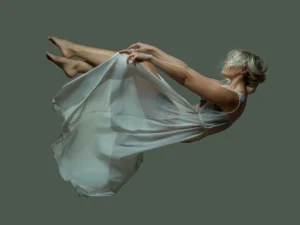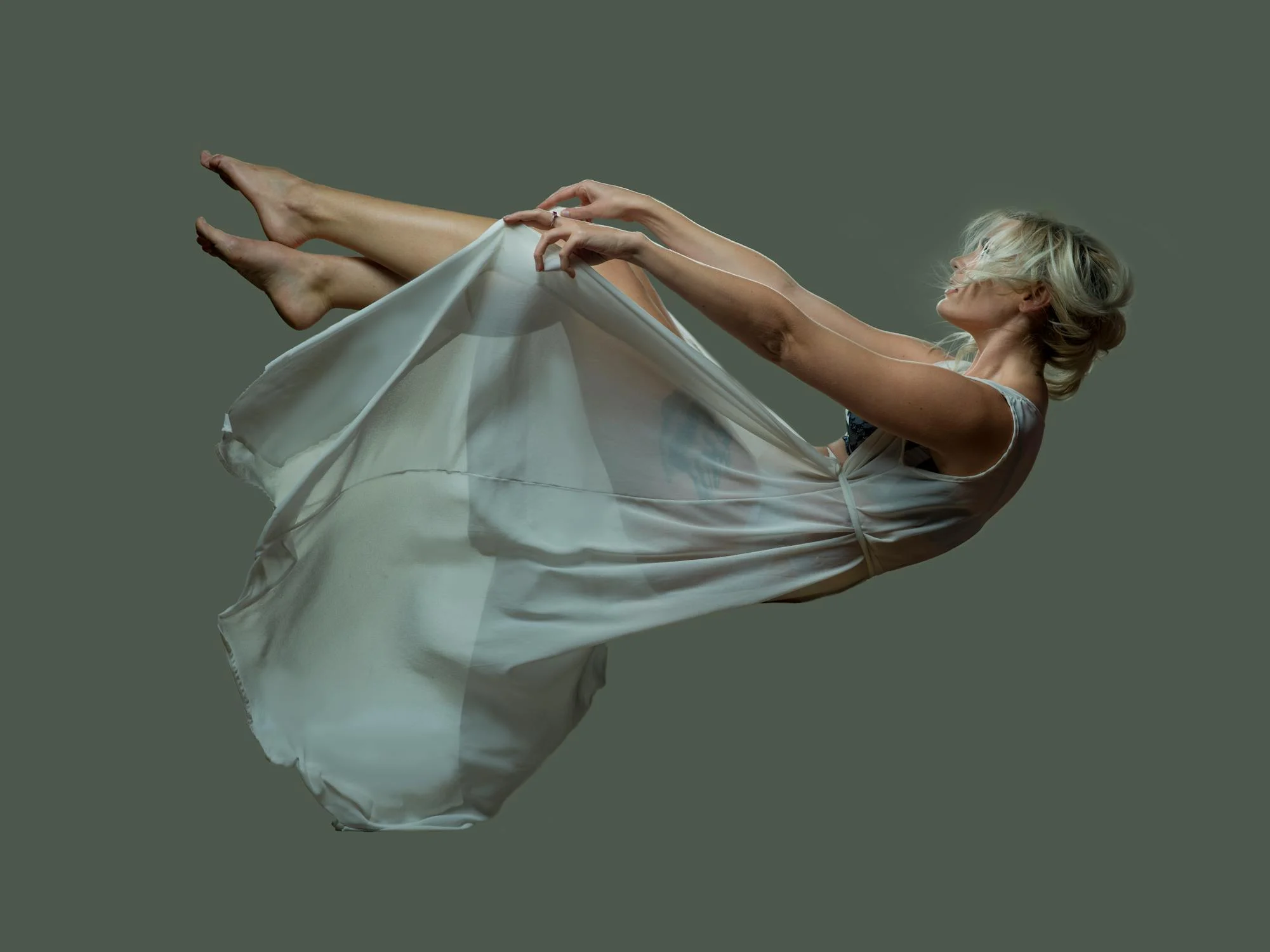How Do Actors Fall Safely?

(Photo: Craig Gary | Pexels)
Falling might seem like an easy, instinctive action, but when it comes to performing falls on stage or in front of a camera, actors need to execute them with great care and precision. A poorly executed fall can result in serious injuries, which can disrupt productions and affect an actor’s career. This article will explore how actors fall safely, the techniques involved, and the importance of training, preparation, and safety measures in ensuring that falls are performed without harm.
1. Why Do Actors Fall?
Falls are a common feature in many productions, especially in action films, theater, and television shows. Actors may need to fall for a variety of reasons, whether as part of a fight scene, a stunt, or a dramatic moment in a play or movie. Common scenarios where an actor may need to fall include:
- Fight scenes: During choreographed combat, an actor may be knocked over or thrown to the ground.
- Stunts: High-intensity action scenes, such as explosions, car chases, or being pushed off a building, often require actors to perform falls.
- Slapstick comedy: In comedy, falls are often exaggerated for humorous effect, such as slipping on a banana peel or tripping over an object.
- Dramatic moments: In some dramas, characters may collapse due to emotional distress or physical exhaustion, requiring a safe fall to the floor.
Regardless of the reason, a safe fall is essential to protect the actor from injury and maintain the realism of the scene.
2. Types of Falls in Acting
There are several types of falls that actors may need to perform, and each requires a different technique to ensure safety. These include:
Controlled Falls (Tumbles)
Controlled falls involve the actor intentionally tumbling or rolling, often after being knocked over. These types of falls require the actor to maintain control of their body during the descent to avoid injury. They can be choreographed into fight sequences, dance performances, or comedic routines.
Hard Falls
Hard falls are those where the actor hits the ground with force, either as part of a stunt or dramatic effect. These falls often occur when an actor is knocked down during a fight or action sequence, requiring careful coordination to protect the body from impact.
Slips and Slides
Slips are another common type of fall, especially in comedic settings. Slips can happen when an actor loses traction, such as stepping on a wet surface or tripping over an object. These falls require quick reactions to protect vital areas like the head, spine, and limbs.
Free Falls
In some extreme stunts, actors may need to jump from a height, such as in skydiving or falling off a building. These free falls involve a significant distance and need to be planned with precise control over the body’s orientation and timing.
3. Techniques for Safe Falling
While falling is a natural motion, actors must learn specific techniques to protect themselves from injury. Here are some key elements of safe falling:
1. Protecting the Head and Neck
The head and neck are two of the most vulnerable areas of the body, and a fall can easily cause serious injuries like concussions or whiplash. Therefore, it’s crucial for actors to protect these areas during a fall. Some important tips include:
- Chin Tuck: Before hitting the ground, an actor should tuck their chin toward their chest to prevent the head from striking the floor directly. This helps to prevent neck strain or concussions.
- Look Forward: In falls that don’t involve tumbling, actors are trained to look forward, keeping their head aligned with the body to avoid twisting or whiplash during impact.
2. Rolling with the Fall (The “Tumble” Technique)
In many action sequences, actors perform a controlled tumble to break their fall and distribute the impact across a larger surface area of the body. Rolling with the fall is a technique taught in many stunt training classes, especially for fight scenes or action scenes where an actor needs to fall with style and precision. Here’s how it works:
- Start with a Forward Momentum: If the actor is falling backward or to the side, they should create a forward momentum by tucking one leg under and leaning slightly forward to guide the fall into a controlled roll.
- Use the Whole Body: The key to a safe roll is to avoid landing on one part of the body, which could cause injury. Instead, the actor should roll across their back and shoulders, ensuring that the impact is absorbed throughout the body.
- Roll Over the Shoulder: When executing a roll, the actor should aim to land over their shoulder, avoiding direct impact with the spine or neck. By doing so, they use the natural curves of the body to dissipate the force of the fall.
3. Absorbing the Impact
Absorbing the impact of a fall is crucial to preventing injury. The goal is to spread the force of the fall evenly throughout the body and avoid hitting the ground with concentrated force. There are several ways an actor can absorb the impact:
- Bend the Knees: When falling to the ground, it’s important to bend the knees and roll with the fall to distribute the impact. This technique helps to prevent injuries to the legs, hips, and lower back.
- Use the Arms: For falls that involve falling forward, actors often extend their arms and use them to break the fall. However, this should be done with caution, as landing with straight arms can lead to wrist or arm injuries. The arms should absorb the force by slightly bending at the elbows.
- Avoid Landing on Elbows or Knees: In falls that involve rolling, landing directly on the elbows or knees can lead to bruising or joint injuries. Actors are trained to keep their joints flexible and soft to reduce the risk of injury.
4. Timing and Coordination
In most acting falls, timing is crucial. Many falls are choreographed and involve other actors or stunt professionals to ensure that the fall looks natural but is performed safely. It’s important for the actor to work closely with the stunt team and fellow performers to coordinate the fall and ensure everyone is aware of the timing involved. This helps ensure that the fall is executed correctly and reduces the risk of collision or injury.
For example, in a fight scene, an actor might need to fall after being hit or pushed. In this case, they need to know when to fall, how to react to the hit, and how to land properly to avoid injury.
5. Training and Preparation
Training is perhaps the most important element of safely falling. Stunt performers and actors spend hours rehearsing falls and practicing techniques to improve their ability to fall safely. Stunt coordinators and fight choreographers are integral to teaching actors the right techniques, including how to fall safely in different contexts.
Actors may also practice falls using padded mats or crash pads, which help to reduce the risk of injury during rehearsal. Repetitive training builds muscle memory, allowing the actor to perform falls instinctively and safely during live performances or film shoots.
4. Using Safety Equipment
In some cases, actors may use safety equipment to further minimize the risk of injury during a fall. This includes:
- Pads and Cushions: For higher falls or dangerous stunts, crash mats or padded floors are used to cushion the fall. These are often used in rehearsals and on set to ensure that actors can practice and perform falls without risk.
- Harnesses and Ropes: For falls from a height or during free fall stunts, safety harnesses and ropes are often used to control the actor’s descent and prevent any uncontrolled movements that could lead to injury.
5. Conclusion
Falling is an inherent part of many performances, especially in action scenes, comedy, or intense dramatic moments. However, performing a fall safely requires precision, training, and the right techniques. From protecting the head and neck to absorbing the impact and rolling with the fall, actors must be well-prepared to minimize injury. With proper training, coordination, and safety precautions, actors can execute falls in a way that keeps both their bodies and their performances intact.




